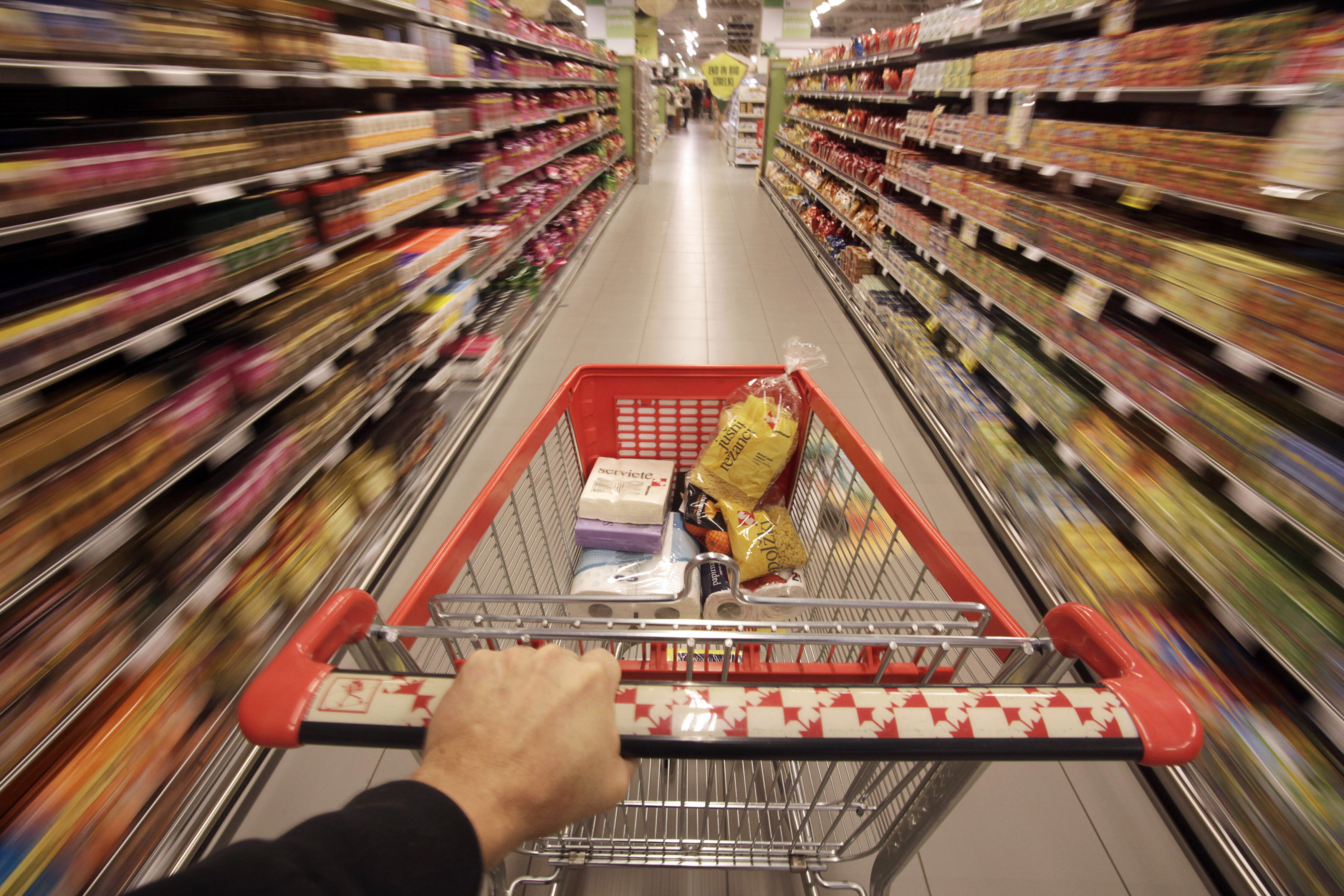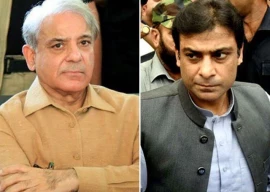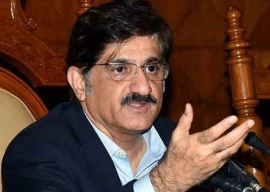
Pakistan’s annual inflation rate has eased to a 44-month low of 6.9% due to favourable base impact and a reduction in non-perishable food prices. This provides major room for the central bank to make multiple interest rate cuts to boost the economy.
In a rare move, all three benchmark indicators—the annual inflation rate, core inflation rate, and average inflation rate—have slipped to single digits, indicating that the underlying inflationary pressures have substantially lessened.
In August 2024, inflation in Pakistan dropped to 9.6% for the first time in 34 months. By September, this downward trend continued, recording an even lower rate of 6.9%.
This will give room to the policymakers to change the course of monetary policies to re-energise the economy amid high poverty and unemployment in Pakistan.
Prime Minister Shehbaz Sharif commended his economic team after the inflation rate in September 2024 recorded a year-on-year rate of 6.9%, marking the lowest level in 44 months. In a statement issued by the PM's Office, he expressed his gratitude for this economic milestone, which he believes signals the fulfilment of the promises made to the people.
"With Allah's grace, we are beginning to succeed in honouring our commitments to the people," PM Shehbaz said, adding that the reduced inflation rate would provide much-needed relief to the common man. He also highlighted that the continuous reduction in petroleum prices has further contributed to easing the financial burden on the public.
He further stressed that the reduction in interest rates would stimulate business activities across the country. He lauded the achievement of bringing the inflation rate down to 6.9% a year earlier than the government's target of 7% by 2025, calling it a commendable effort.
"From the very first day, public relief measures have been our top priority," PM Shehbaz said. He also took the opportunity to highlight that those who anticipated Pakistan's default have been proven wrong.
"The journey of Pakistan’s progress, which was halted in 2018, has now resumed from where it was left off," he stated, noting that the continuation of the IMF programme would bring further stability to the economy.
However, questions have been raised over the methodology used to monitor electricity prices, which captures the monthly consumption of only 50 units or 4% of the total residential consumers of Pakistan. For the lower income groups, the electricity bill is now eating up to 30% of their monthly incomes.
The Pakistan Bureau of Statistics (PBS) reported on Tuesday that the inflation rate decelerated to 6.9% in September compared to the same month of the last year. It was the slowest pace since January 2021 when the reading was 5.7%.
The monthly inflation reading beats the expectations of the market and the Ministry of Finance, which had given the lowest inflation forecast of 8% for the last month. A key reason behind the low reading despite the constant increase in prices was the 31.4% inflation rate in September last year, which has provided a favourable base impact.
The people also got some relief due to the reduction in the prices of wheat, flour, cooking oil and petroleum products on the back of downward movements in the domestic and international market prices.
The Punjab government‘s decision not to buy the wheat from the farmers crashed the commodity prices. The international crude oil prices are also on a downward trajectory, which is helping the government to reduce the domestic prices of petrol and diesel.
The federal and the four provincial governments have also signed a National Fiscal Pact under the International Monetary Fund umbrella. They have committed to refraining from determining the agriculture support prices and abandoning the practice of purchasing commodities. The decision will also have implications for the upcoming sugarcane prices.
The finance ministry had proposed to Prime Minister Shehbaz Sharif to increase the petroleum levy by Rs5 per litre to Rs65 during the last price review to absorb some of the reduction to meet the IMF condition on petroleum levy collection. However, the PM did not agree while the Finance Minister Muhammad Aurangzeb also remained neutral on the issue.
Under the IMF programme, the government has increased electricity prices in the range of 14% to 51% for residential consumers. However, the PBS is implementing a faulty methodology where it takes into account the electricity price variation to the extent of 50 units per month consumption.
Out of 28.8 million residential consumers, only 1.3 million or 4% of the total consumers fall in the category of 50 units’ consumption. The PBS is not bothered about the rest of 96% or 27.5 million consumers who are bracing for an unbearable electricity price hike. This faulty methodology brings into question the credibility of the 6.9% inflation rate.
Likewise, there was a double-digit increase in prices of clothing, footwear, perishable food items, house rents, water, gas, health services and education. These goods were affected by heavy taxation in the budget. There was a significant increase in the prices of those items that have been either affected by the imposition of the sales tax or a 2.5% withholding tax on their supplies.
The 6.9% inflation rate warrants a further steep cut in the interest rates by the State Bank of Pakistan in the next monetary policy review. The existing interest rate of 17.5% is about 10.6% higher than the prevailing inflation rate.
The fresh inflation figures suggest that the central bank has room to reduce the interest rates by at least 3% to 4% during the upcoming Monetary Policy Committee.
For the new fiscal year, the government has set the inflation target at 12% but the IMF sees the indicator at 9.5% by the end of the fiscal year.
The annual inflation rate in urban areas also slipped to a single digit of 9.3% while significantly decelerated to 3.6% in villages last month, according to the national data collecting agency. The PBS data showed that food inflation substantially decelerated in cities to 1.7%. There was a 1% deflation in food prices in the rural areas.
However, the prices of perishable food items increased over 20% last month on an annual basis because of a surge in the prices of onions, fresh vegetables and fruits, etc.
The non-food inflation rate dropped due to a 39% reduction in prices of wheat, 37% wheat flour, 15% of sugar and 12% of cooking oil.
The core inflation, which is calculated after excluding the energy and food items, has also slipped into a single digit of 9.3% in cities, indicating ease of underlying inflationary pressures. It also slowed down to 12.1% in rural areas. The average core inflation is now almost 8% lower than the policy rate.
However, the gas charges were 319% higher than the previous year and there was an increase of 169% in motor vehicle tax.
The average inflation rate during the first three months also slipped to a single digit and was recorded at 9.2%, which was far below the official annual target of 12%. But in urban areas, the average inflation was 11.9%.


1727791471-0/Joel-Kim-Booster-(1)1727791471-0-165x106.webp)














COMMENTS
Comments are moderated and generally will be posted if they are on-topic and not abusive.
For more information, please see our Comments FAQ